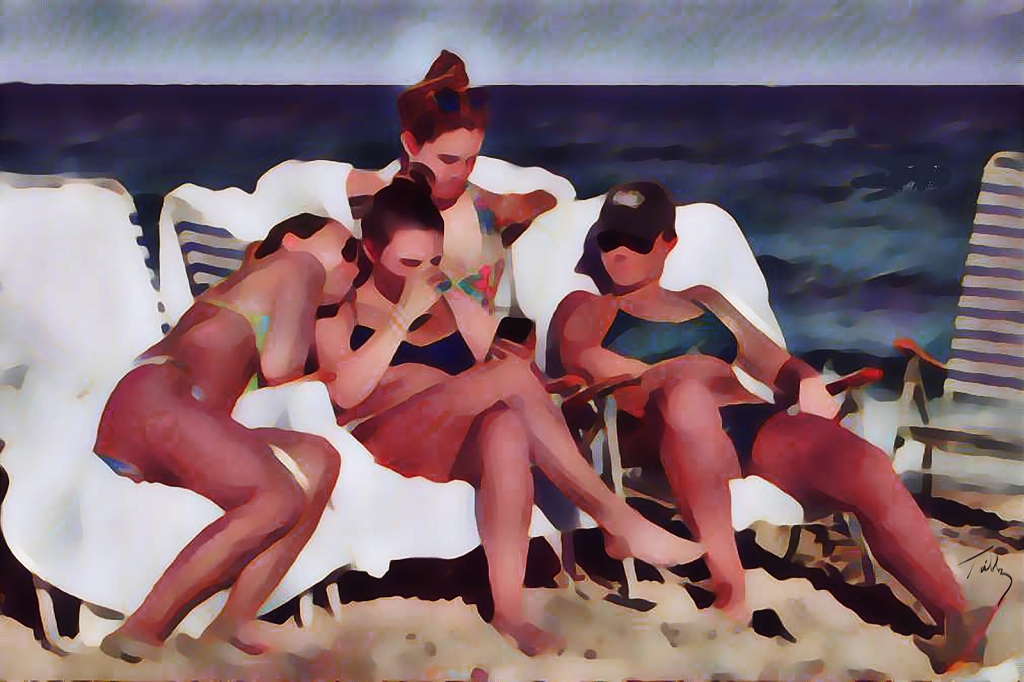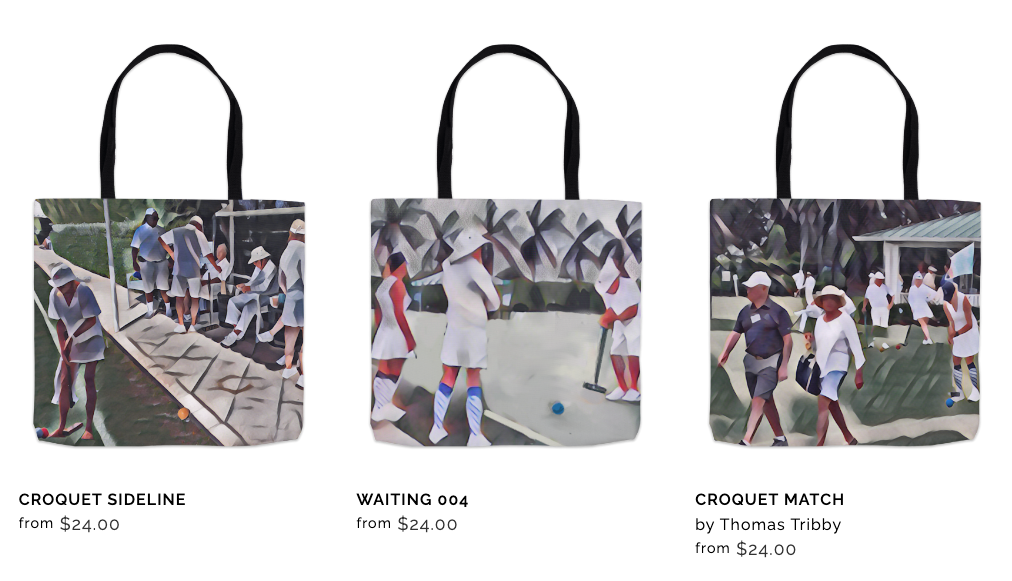Hello
Today we are going to Muse about the Smoki People” If this is your first visit, welcome to Musings. If you have been here before, welcome back. Over time we are going to talk about many things: the past, the present, perhaps the future, travel, art, society and more. Wherever my musing takes me. I hope you will come along with me.
Colored text is a link. So is a word underlined in dots like “Musings” in the above paragraph. Clicking on the text will provide additional information about the subject.

Gone and Nearly Forgotten
One of the great joys I experienced as a boy was an annual visit to my grandparents who lived in Prescott, Arizona. Most of these visits were in the summer when school was out and that meant I was often in Prescott for the 4th of July and Frontier Days and the rodeo.
I was also there in August to view the Smoki Dances, which were spectacular, well-intentioned and politically incorrect. I thought we could talk about them today.
The Smoki, pronounced “smoke eye”, date back to 1921. That year, Prescott Frontier Days Rodeo was broke and in dire need of money. A group of prominent businessmen and politicians decided to put on an “Indian” show in the hopes of bringing in more customers. Their show, billed “Way out West Show,” was a roaring success.
They dressed in native attire, danced, beat drums, chanted and performed what appeared to be Native American rituals. The Smoki People were born. (In 1922, historian Sharlot Hall wrote a booklet, The Story of the Smoki People, a history of the fictitious tribe.) The fake tribe’s popularity grew. The Smoki formed a women’s auxiliary, which took charge of costume design and fabrication. After two years as part of the Smoki, a woman could shed her “maiden” status and become a Smoki Squaw. Children also became involved and received costumes and wigs made of black yarn. The social aspect of the organization appealed to many, and, after a few years, most Prescott residents were affiliated in some way with the Smoki. Smoki was part history, Hollywood, social club and a who’s-who of Prescott society in the early years: Gail Gardner, Barry Goldwater and Grace Sparkes were members; and Sharlot Hall wrote a scathing editorial when a California newspaper criticized Smoki.
Even President Coolidge had contact with the Smoki. He became an honorary member. Here Coolidge is shown on October 22, 1924, holding a ceremonial hat of the fictitious[127] Smoki Indians. On June 2, 1924, Coolidge signed the Indian Citizenship Act, which granted full U.S. citizenship to all American Indians, while permitting them to retain tribal land and cultural rights. However, the act was unclear on whether the federal government or the tribal leaders retained tribal sovereignty.
The Smoki people participated in parades as far away as Philadelphia spreading knowledge of the organization and its ceremonials. A particularly famous member of the Smoki was Barry Goldwater who often served as an announcer at the shows.
The exclusive club dominated Prescott’s social scene for the next 70 years. The Smoki members were, for the most part, business people and could be recognized by distinctive, and discreet, tattoos on their left hands, three dots in the hollow between the index finger and the thumb.
Smoki historians say that even though the dances and performances may have started out as a money-making operation, their philosophy turned more lofty after they legally formed the Smoki group in 1923.
The shows were physically challenging due to the wide range of dances performed. The annual snake dance was the signature performance but it was only one of many dances. By the 1980’s, the Smoki had trouble recruiting younger members and, as a result, had increasing difficulty with staging a vigorous show. Although audiences, predominantly white Anglo Saxons, loved the annual snake dance performed in “the dark moon of August,” some Native Americans, particularly the Hopi, were not amused. The controversy and animosity between some tribes and the people of Prescott started in 1921. It’s simple,” said Donald Nelson of the Native American Advisory Council for the Smoki Museum. “The snake dance is very sacred to the snake clan. It’s a religion issue.” In 1990, a delegation from the Hopi reservation observed the show and decided to protest recognizing that the Smoki dance emphasized entertainment while their ceremony was very religious. In 1991, in light of waning numbers to put on such elaborate performances and on the heels of a peaceful Hopi protest against the dances, the Smoki People disbanded.

With it passed a small piece of western history.
**************************
If you like Musings, take a moment and add your e-mail below and you will be notified when I make a new post.
I’m reading a book about anti-gravity. I just can’t put it down.
RECENT WORK

If you like Musings, take a moment and click the sign up button on the side-bar to the right so you will be notified by e-mail when I make a new post.
***********************************************************************************
Books by Thomas L. Tribby Available
Click on title below to preview
Works on Paper
On The Waterfront
Impressions of Florida
I have a great Web-site: www.ttribby.com

www.ttribby.com is now offering Fine Art Reproductions, Fine Art Originals, puzzels, coffee cups, pillows, totebags, men’s tee shirts, women’s tee shirts and more with reproductions of my artwork. They make for some very personalized gifts.













You must be logged in to post a comment.